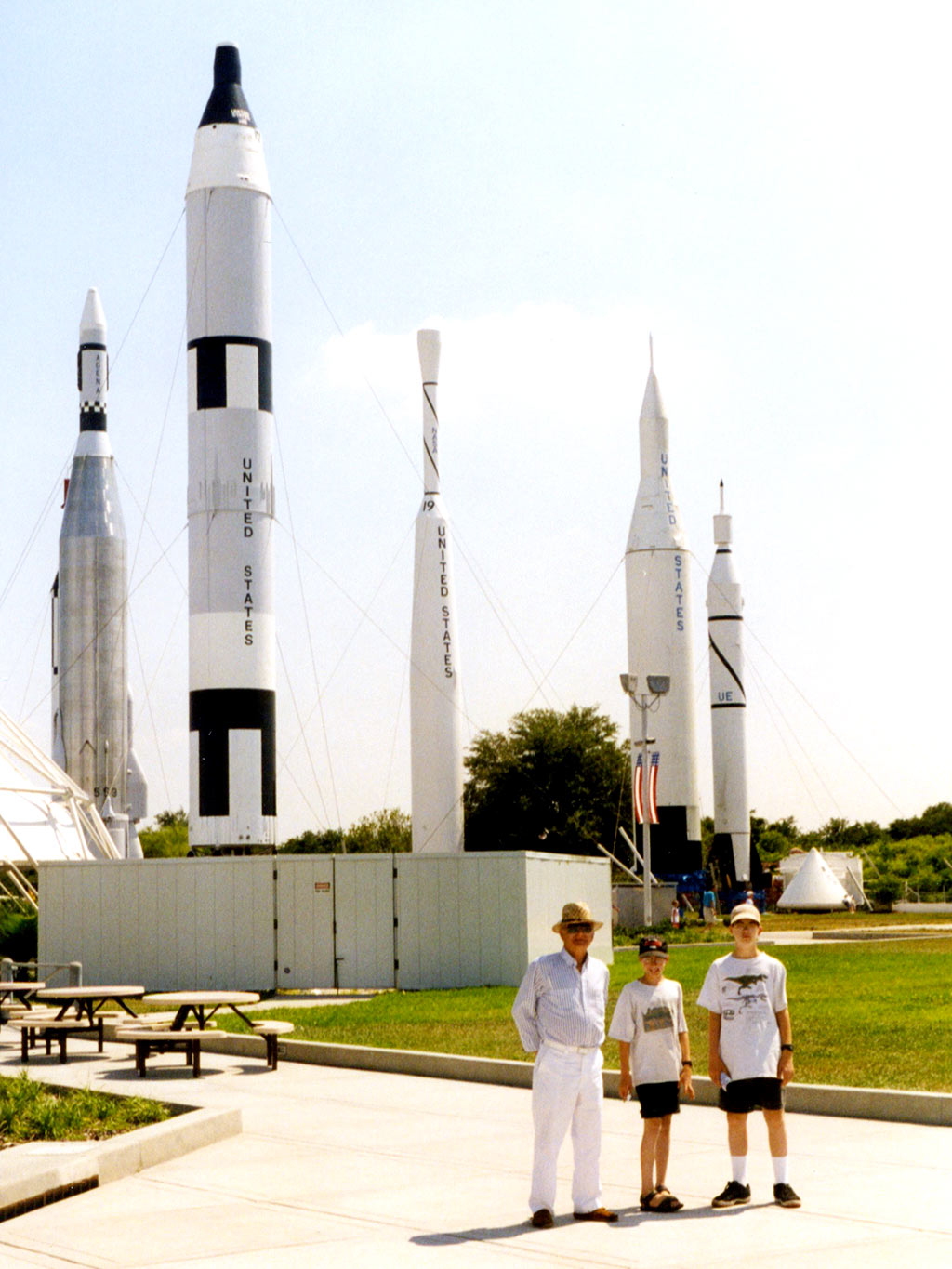I like rocketry for two primary reasons:
- It is a way of concretely connecting with things I think are cool like space travel, powered flight, and stuff that goes super fast.
- It presents a wide variety of challenges that I have fun solving in different ways.

Rocketry has a lot of engineering challenges that are accessible to people who aren’t trained as engineers. For example, even the most technical sections of the Handbook of Model Rocketry employ high-school-level physics. (I had a blast in high school physics!) These challenges come in two flavors: building & flying.
Building
Building a rocket can be as easy or as hard as you want it to be. For beginners, Estes has ready-to-fly rocket kits and if you want something rated for high-power grab an ACME fin can from Giant Leap Rocketry and you’re almost done. When you’re ready for more SBR, for example, has well-designed HPR kits with very detailed instructions–you just have to follow them and put it together.
I don’t make very many rocket kits because I enjoy the process of making trade-offs when I design rockets from scratch. There are lots of things to consider:
- Motor selection retention, and ignition: “right-sizing” for the rocket, the launch field, the waiver, and how far you want to walk
- Aerodynamics: rocket length & diameter, fin size & shape, airfoil design, transitions, etc.
- Material selection & construction: airframes, nose cones, structural components, adhesives, etc.
- Recovery system: harness, fasteners, parachute(s), heat shielding and/or baffling (nylon parachutes melt under the direct heat of an ejection charge), flight electronics, parachute releases, recovery bags, etc.
- Finishing: filling, painting, cosmetic details, decals, etc.
The most common thing to fail in an HPR flight is the recovery system. (This isn’t that surprising because it is the most complicated part of a rocket flight.) Common failures include:
- The nose cone comes off too easily and the ejection charge “blows past” the parachute leaving it still in the rocket body.
- The parachute doesn’t fully deploy or gets tangled.
- The electronics fail for some reason and the rocket hits the ground at ballistic speed.
Go to a rocket launch and watch for what goes wrong. Think about what you could to do mitigate the risk of that happening to you.
I have also seen rockets fall to pieces under thrust. It’s better to over-build and have it weigh a little more than for a rocket to break apart and be hazardous to spectators.
Flying
You need a big field and an FAA waiver to fly high-power rockets. Because of this, virtually all rockets from mid-power on up are flown at launches organized by a regional rocket club. Do some research and find where clubs are in your area. The field size requirements mean that launches are, as a rule, in a rural area so you’ll probably have to drive for a while to get there. Both NAR and Tripoli have annual launches, NARAM and LDRS respectively. They are defiantly worth the trip if you can make it.
I like prepping my rockets in the field. This means:
- Assembling re-loadable motors like AeroTech RMS or Cesaroni ProX
- Packing the recovery system
- Loading ejection charges
- Testing flight electronics
- Checking for the right amount of friction between rocket components that separate during flight
Make a checklist! There are lots of things to remember!
At launches, there are lots of people to meet and talk to where you already have something in common (besides the weather). It’s fun to walk around and see what other people are doing and their take on the hobby. Maybe I’ll see you there someday!